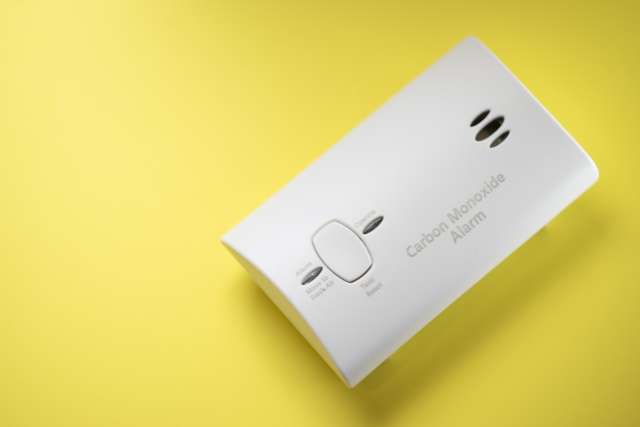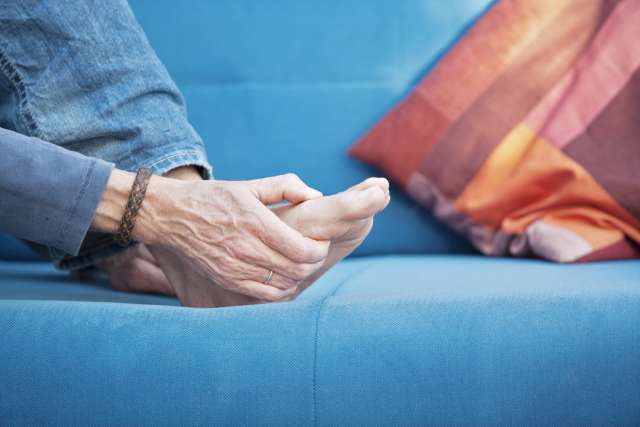Dear Doctors: We set up a carbon monoxide monitor in our new house, and it went off right away. It turns out the vent to the hot water heater was blocked. I've heard that even a little bit of carbon monoxide can make you sick. Why is it so dangerous?
Dear Reader: Carbon monoxide, or CO, is a colorless and odorless gas. It is one of the byproducts of the combustion of carbon-based fuels. Common household fuels -- such as natural gas, propane, oil, gasoline, kerosene and wood -- release CO when they are burned. If the appliance burning the fuel isn't vented properly, carbon monoxide can begin to accumulate in the room and seep throughout the home.
Fuel-powered stoves, furnaces, water heaters, dryers, boilers, grills, lanterns and generators all produce CO. It is also emitted by wood-burning stoves, fireplaces and charcoal grills. Bottom line: Virtually any substance that contains carbon will produce carbon monoxide when it burns.
Even brief exposure to carbon monoxide can be fatal due to its chemical structure. Carbon monoxide binds to the hemoglobin in the blood far more easily than oxygen. That means when carbon monoxide is present in the air someone is breathing, it replaces the oxygen molecules in the blood. This starves the body of oxygen.
Cells and tissues that are denied oxygen will quickly suffer damage and begin to die. For example, brain cells deprived of oxygen begin to die after just three minutes. Beyond that, permanent brain damage begins to occur.
Symptoms of CO poisoning include headache, dizziness, blurred vision, suddenly feeling weak or tired, nausea, vomiting, confusion, shortness of breath, loss of muscle control and loss of consciousness. Individuals who survive CO poisoning can experience lingering effects, including ongoing problems with movement, cognition and memory.
It is estimated that carbon monoxide poisoning kills more than 420 people each year, and an additional 2,000 people require medical treatment. These numbers include infants, children and adults of all ages.
The CO monitor you installed in your home is an important safety feature. In many states, they are required by law. These monitors, which plug into electrical outlets and have backup batteries, are sensitive and accurate. They are affordable and widely available at retail stores and online.
A CO monitor works the same way as a smoke alarm. That is, it contains special sensors that detect the presence of carbon monoxide. If concentrations reach unsafe levels, it trips an alarm.
It is also important to take precautions against CO buildup, particularly in cooler months when outside ventilation is limited. Keep fireplace dampers wide open when burning wood, and wait for ashes to cool completely before closing them. Never heat a room with a gas stove or a gas or charcoal grill. Keep gas generators, which produce CO in their exhaust, at least 20 feet away from the house.
If CO ever does reach unsafe levels, the alarm in the monitor will go off. All humans -- and don't forget the pets -- in the home should go outside immediately to breathe fresh air. Call 911 to report the danger.
(Send your questions to [email protected], or write: Ask the Doctors, c/o UCLA Health Sciences Media Relations, 10960 Wilshire Blvd., Suite 1955, Los Angeles, CA, 90024. Owing to the volume of mail, personal replies cannot be provided.)





